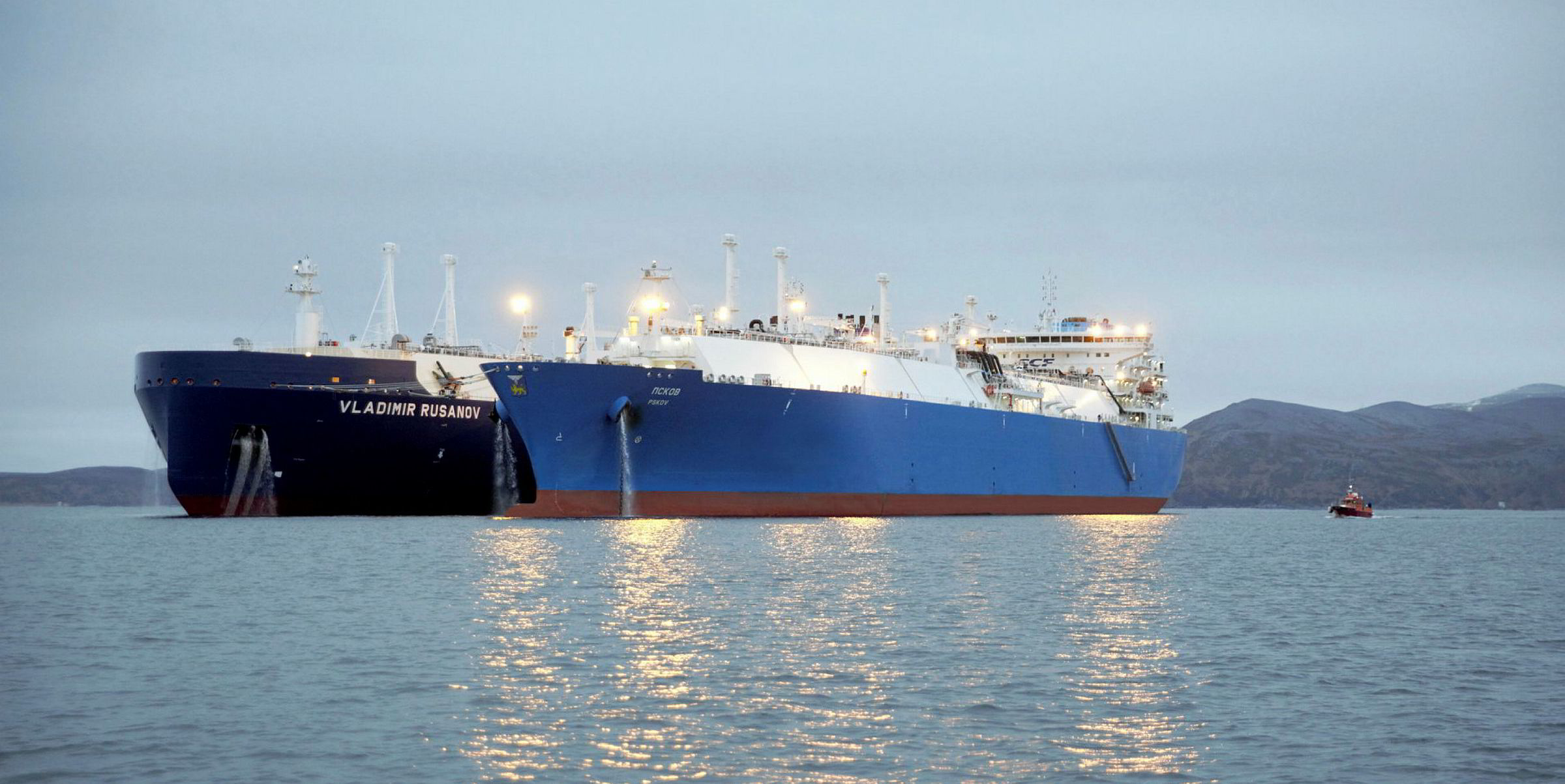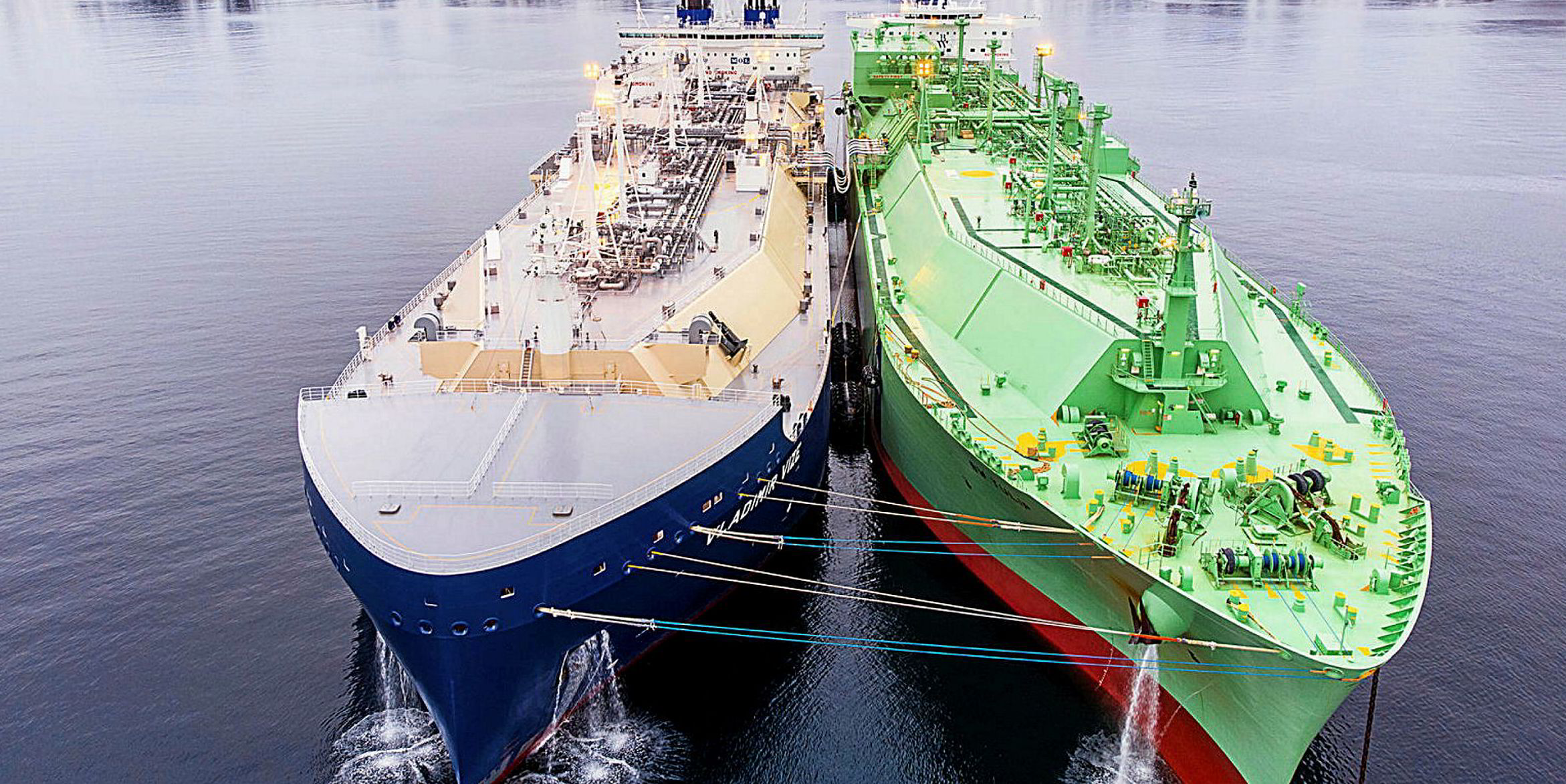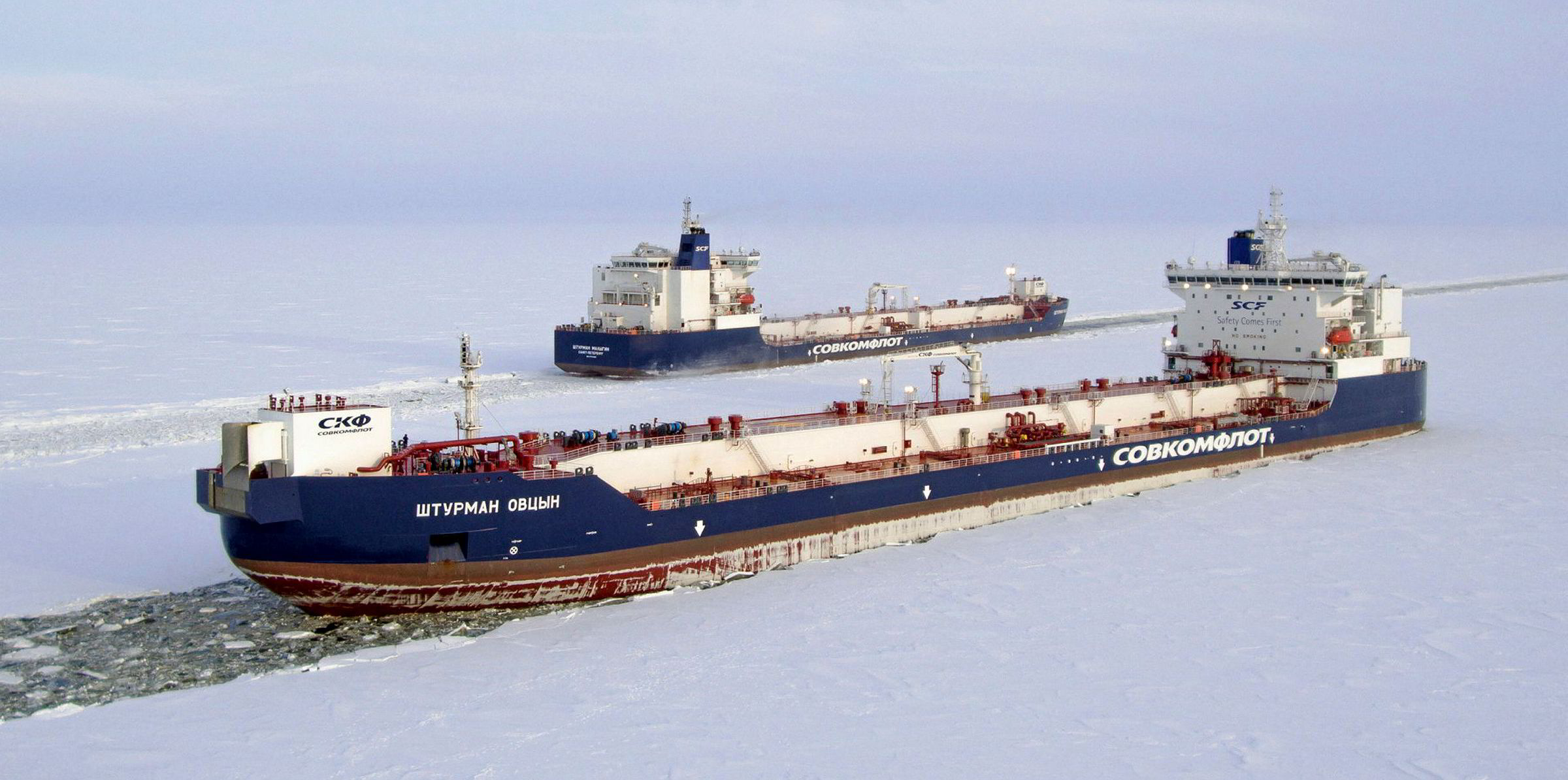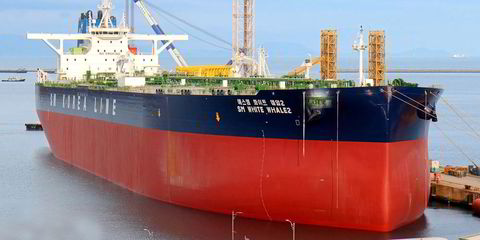Two LNG carriers have been identified as likely candidates for a ship-to-ship (STS) transfer test operation that Russian gas company Novatek wants to carry out at a new location in domestic waters.
LNG data service iGIS/LNG, and other industry sources, identified the 162,000-cbm LNG carrier Clean Planet (built 2014), which is operated by Dynagas, as one of the vessels that may be used in the exercise off Kildin Island near Murmansk.
A second Dynagas ship, the 155,165-cbm Lena River (built 2013), is also tipped to take part.
Early this week, the vessels were shown as heading into the Suez Canal. iGIS/LNG said the Clean Planet is due to arrive at Murmansk on 11 April, while the Lena River is scheduled to reach Honningvag in Norway on 2 April.
Those following the business said the vessels appear to be lining up for the possible transshipment trial. They added that Novatek is keen to start LNG cargo transshipments early next month.
Novatek put out a requirement for reloading services in a tender that closed at the end of last month.
Tests carried out
In October, TradeWinds reported that an ice-free area off the south-east coast of Kildin Island was being readied for such operations. Harbour tugs, cryogenic hoses and large fenders were said to be in place.
The 172,600-cbm LNG carrier Christophe de Margerie (built 2017), the flagship of the 15-ship Arc7 fleet, is understood to have visited the area for tests.
But since then, no operations have taken place at this site.
Novatek started STS cargo transfers from its Arc7 fleet in 2018, using the waters around Honningsvag in northern Norway as a base for operations.
The aim was to keep the specialised ice-breaking LNG carriers, which ship cargoes from the Yamal LNG project for the shorter voyages in Arctic waters, to enable cargoes to be pushed out quicker into the market.
Shift to Russian waters
But Novatek is keen to shift these transfers to Russian waters to safeguard its operations and give it more control over them.
Russia wants to build up transshipment zones at Murmansk at the western end of the Northern Sea Route and in an area near Kamchatka to the east, as it expands its LNG exports.






